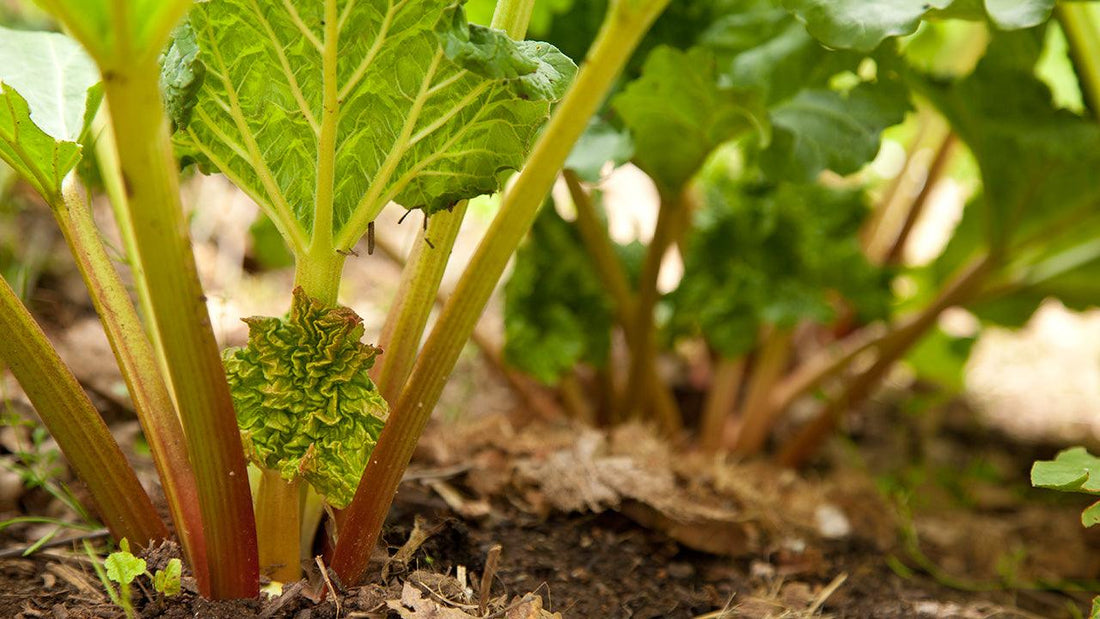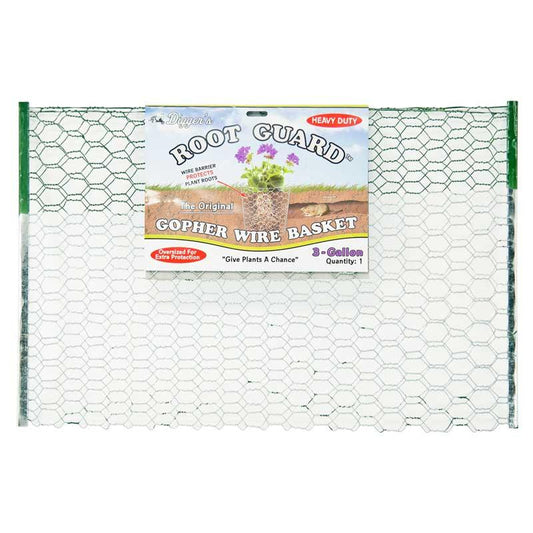A Comprehensive Guide to Growing Rhubarb: The Cool-Season Perennial
Rhubarb is a beloved cool-season perennial known for its tart flavor and versatility in the kitchen. From pies and sauces to jams and drinks, its edible stalks are cherished by home gardeners and chefs alike. This winter-hardy plant is resistant to drought and thrives in colder climates, making it a popular choice for northern gardeners.
If you’re considering adding rhubarb to your garden, this guide will walk you through everything you need to know, from its ideal growing conditions to fertilization, planting, and harvesting.
Understanding Rhubarb’s Growth Cycle
Rhubarb plants consist of fleshy rhizomes and buds that form a crown. After a season of growth, the plant enters dormancy and requires temperatures below 40°F to break dormancy and stimulate spring growth.
The first shoots to appear in spring are the edible petioles, which are attached to large, non-edible leaves. These shoots emerge sequentially as long as temperatures remain cool, below 90°F. As summer heat sets in, the plant’s growth slows, often appearing dormant. However, as temperatures decline in late summer, foliage growth resumes, preparing the plant for another productive cycle.
Climate and Growing Region
Rhubarb thrives in regions with cold winters and cool summers. It requires temperatures below 40°F during winter to break dormancy and prefers summer temperatures averaging less than 75°F for optimal vegetative growth.
Ideal Growing Regions:
- Northern U.S. states, from Maine to Illinois and west to Washington State.
- Canada, where the climate aligns well with rhubarb’s requirements.
Rhubarb struggles in southern regions of the U.S. due to high temperatures and lack of sufficient winter chill. In hot climates, rhubarb produces thin, spindly stalks with little color, often wilting on days above 90°F.
Soil Requirements
Rhubarb is adaptable to various soils but performs best in fertile, well-drained soils rich in organic matter. For the healthiest plants and maximum yields, follow these soil preparation tips:
- Site Preparation: Remove all perennial weeds before planting, as they can quickly become a problem in rhubarb beds. Cultivate the area thoroughly in the spring to ensure a clean planting site.
- Soil Acidity: Rhubarb tolerates slightly acidic soils but thrives in soil with a pH of 6.0 to 6.8. It can tolerate a pH as low as 5.0, but yields may be lower.
- Compost Addition: Add compost to the soil in late fall or early winter to enhance fertility, moisture retention, and soil structure. Avoid covering the crowns with compost to prevent rotting.
Fertilization
Rhubarb is a heavy feeder that responds well to regular fertilization. Use a balanced fertilizer such as All Purpose Plant Food 5-5-5 each spring to support healthy growth. Incorporating compost or organic matter into the soil enhances nutrient availability and promotes vigorous stalk production.
For home gardeners, applying compost annually is essential to preserving soil structure and moisture levels. Fertilize and cultivate shallowly as needed to control weeds and maintain plant health.
For a full range of organic fertilizers, soil amendments, and essential tools to support your rhubarb and other garden crops, explore our complete selection of Fertilizers & Growing Supplies.Planting and Spacing
Proper spacing and planting techniques are crucial for rhubarb’s long-term productivity.
-
Spacing:
- For commercial production: Space roots 24-48 inches apart in rows 3-4 feet apart.
- For smaller gardens: Space roots 36 inches apart to avoid overcrowding and reduce the risk of disease.
- Planting Depth: Place the crown bud 2 inches below the soil surface. Dig a large hole for each crown and mix compost with the soil to encourage healthy root establishment.
Watering Tip: Water the crowns immediately after planting to help them settle into the soil. For areas prone to poor drainage, consider planting rhubarb in raised beds to prevent crown rot.
Care and Maintenance
Rhubarb thrives with consistent care but is hardy enough to tolerate some neglect.
- Remove Flower Stalks: As soon as flower stalks appear, cut them back to focus the plant’s energy on producing edible stalks.
- First-Year Growth: Avoid harvesting rhubarb stalks during the first year to allow the plant to establish a strong root system.
- Second-Year Harvesting: In the second year, you can begin harvesting lightly if the plants are vigorous. From the third year onward, you can harvest more extensively.
Harvesting Tips:
- Cut stalks at the soil line or pull them gently to remove.
- Harvest all stalks at once or selectively over 4-6 weeks.
- Remove the leaves after harvesting, as they are not edible and contain toxic compounds.
Common Problems
Rhubarb is relatively pest- and disease-resistant, but gardeners should watch for a few potential issues:
- Crown Rot: Poor drainage or overly wet conditions can lead to rot. Raised beds can help prevent this issue.
- Thin Stalks: Thin, spindly stalks often indicate poor growing conditions, such as insufficient cold exposure, overcrowding, or low fertility.
- Weed Competition: Perennial weeds can quickly overrun rhubarb beds. Regular weeding and clean planting sites are essential.
Rhubarb’s Longevity
Once planted, rhubarb remains productive for 8-15 years with proper care. Dividing and replanting crowns every 8-10 years can rejuvenate older plants and maintain high yields.
Why Grow Rhubarb?
Rhubarb offers numerous benefits to gardeners:
- Cold Hardy: Thrives in regions with harsh winters.
- Low Maintenance: Requires minimal care once established.
- Versatile in the Kitchen: Perfect for sweet and savory dishes.
- Aesthetic Appeal: Its large leaves and bold stalks add visual interest to any garden.
Final Thoughts
Rhubarb is a resilient, low-maintenance crop that rewards gardeners with years of productive harvests. By providing the right soil, climate, and care, you can enjoy vibrant, flavorful stalks season after season. Whether you’re a seasoned gardener or a beginner, rhubarb is an excellent addition to any northern garden.
🌿 Rhubarb Growing Resources
Explore more in-depth information, techniques, and product options to support your rhubarb gardening success:
- 🪴 Growing Rhubarb in Raised Beds and Containers
- Learn how to adapt rhubarb cultivation for small spaces, including raised beds and large containers. Perfect for gardeners with limited space or challenging soil conditions.
- 🌱 Forcing Rhubarb for Early Harvests
- Discover the traditional method of "forcing" rhubarb to enjoy tender stalks weeks earlier than normal. Ideal for cooler climates and early-season harvests.
- 📘 Complete Rhubarb Growing Guide
- Dive deeper into rhubarb care with this official guide. Covers everything from planting and fertilizing to dividing mature crowns and troubleshooting issues.
- 🛒 Shop Rhubarb Crowns
- Browse high-quality rhubarb crowns to start or expand your garden. Choose from productive, cold-hardy varieties that thrive in northern climates.




2 comments
Ronald, rhubarb plants can grow from 8-15 years. I would just remove the flower.
I have a rhubarb plant that I have had for many years and it’s growing like a big flower on the top not sure if it’s good or how long do the plants last ?